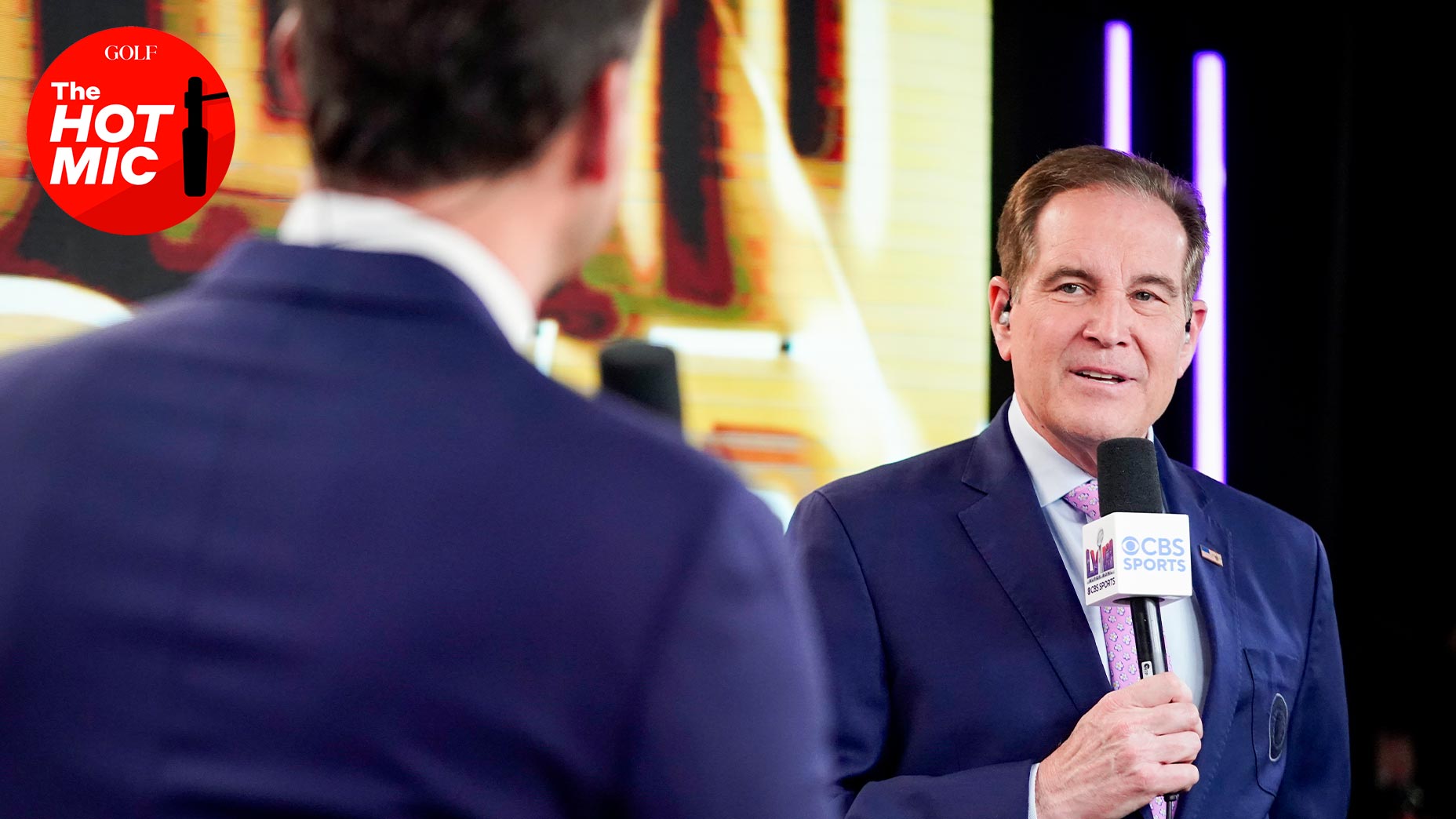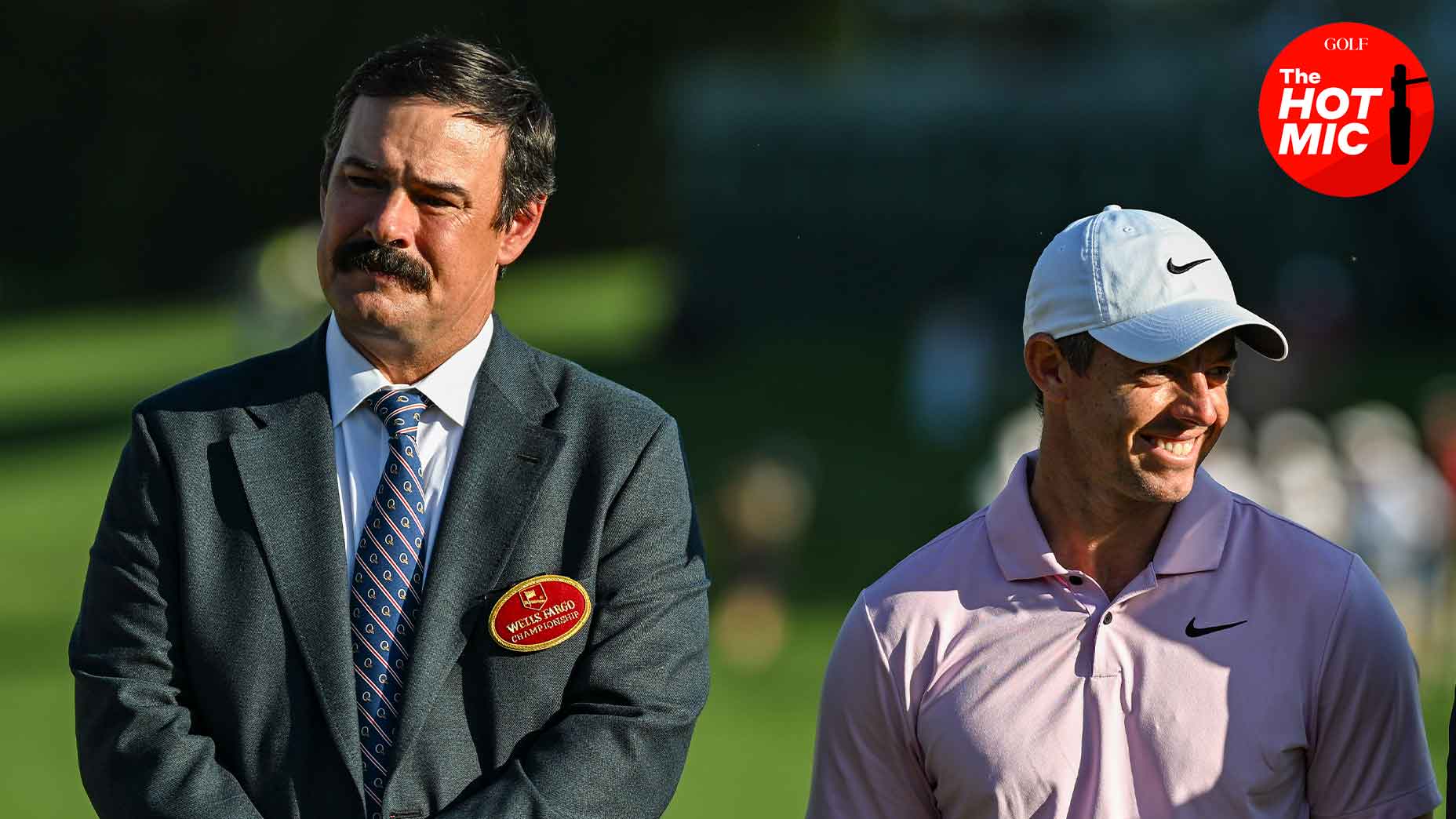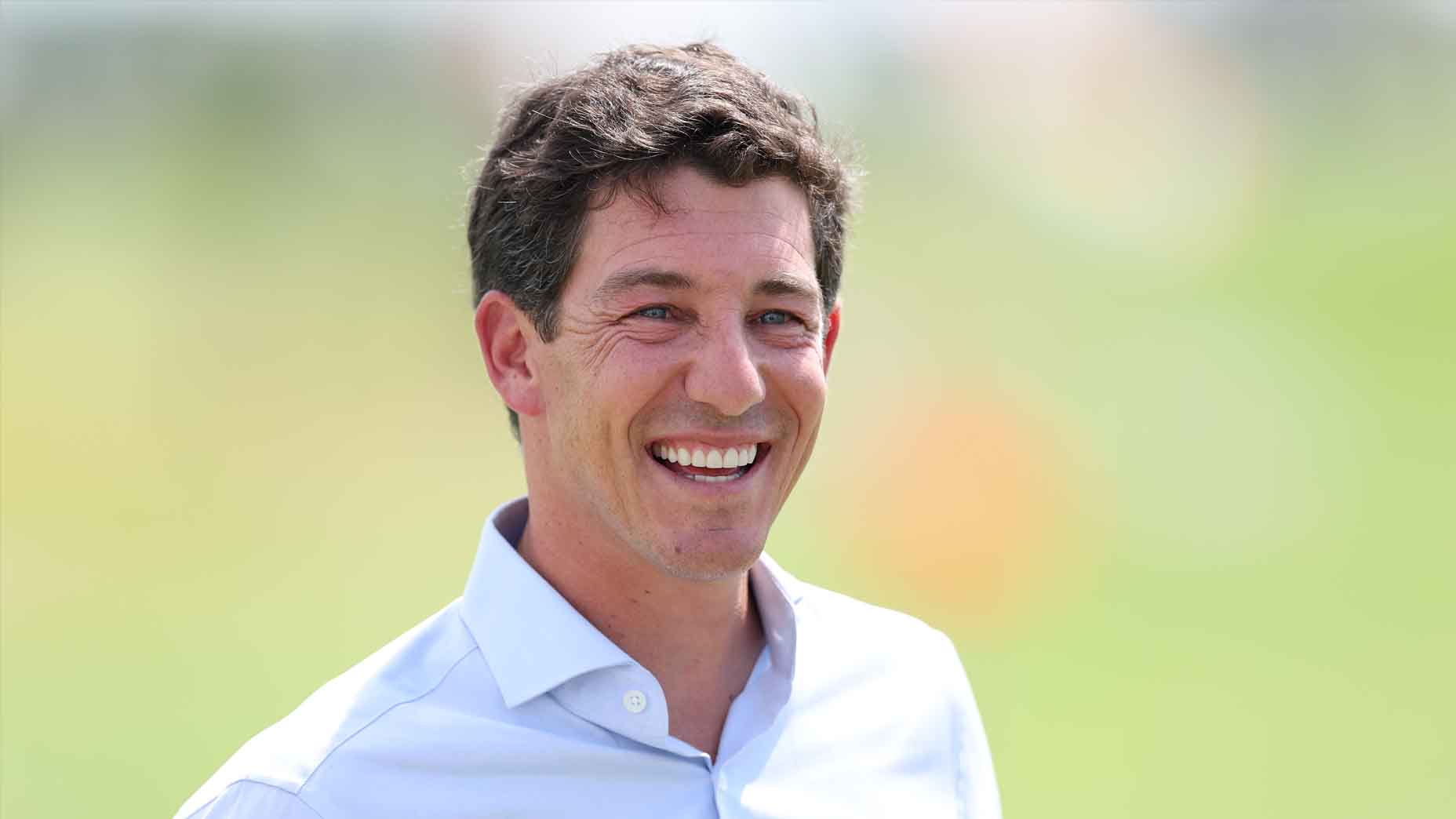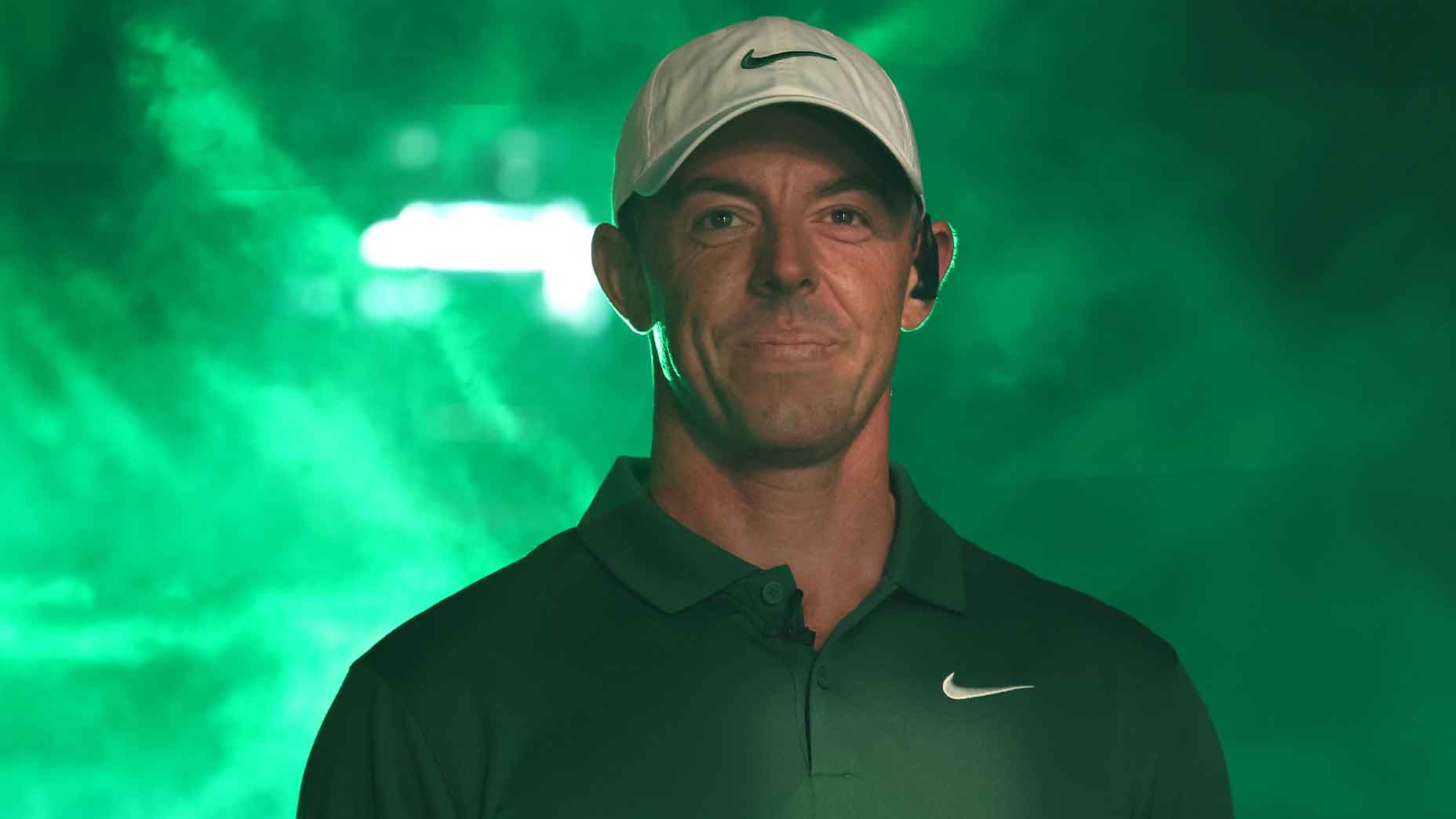Welcome back to another extended edition of the Hot Mic Newsletter, GOLF’s weekly send covering all things golf media from me, James Colgan. The topic of this week’s newsletter is Sunday’s drone drama on the PGA Tour. As always, if you’d like to be the first to receive exclusive insights like these directly from me, click the link here to subscribe to our free newsletter send. But first, we go back the skies of Ontario, where Jim Nantz has the latest on a suddenly forming golf TV debate.
I laughed when CBS cameras first showed Robert MacIntyre, then leading by three shots at the RBC Canadian Open, complaining to a rules official about the noise emitting from CBS’s drones.
But then a few seconds passed and I realized he was serious.
“I’m not gonna tell you again,” MacIntyre said. “I spoke to the rules official before. That’s ridiculous.”
MacIntyre felt the drones were unduly onerous to his pre-shot process, and felt the drones were particularly discriminating against him because he was one of the field’s few non-American or Canadian players.
Anybody who’s traveled around with the PGA Tour will tell you that CBS’s drone fleet remains the industry standard. While NBC has opted for smaller (and quieter), consumer-type drones to capture their broadcast’s images, CBS has coopted a collection of super-high-tech gadgets that look like small helicopters floating through the sky.
The difference in is clearly noticeable to golf fans watching on TV, but the downside of that difference is that CBS’s cameras make noticeably more noise from the sky than their NBC counterparts. On Sunday at the Canadian Open, MacIntyre was clearly nonplussed with the buzzing happening overhead.

PEEVED
The CBS team complied with Bobby’s request, sending the drone back to earth and paving the runway for the first win of MacIntyre’s PGA Tour career. After the round, though, it was clear that MacIntyre hadn’t gotten over the indignity.
“If it didn’t go away, I was going to start throwing my clubs at it,” MacIntyre said. “That’s how annoyed I was getting.”
“I had a job to do, and anything that was getting in my way was getting told to get out of the way. I was focused today and that drone was doing my head, and so I told it to get away.”
NANTZ’S DEFENSE
Kudos to Jim Nantz, who made a well-timed — and I thought salient — defense of golf TV as MacIntyre was getting heated on the ninth hole.
“I will say this, drones are a big part of the future of televised golf, and if you’re gonna be a world-class player, which he’s gonna be, you’re gonna have to get used to this,” Nantz said. “That’s part of the big-time.”
Great announcers have a knack for synthesizing complicated situations in simple terms. In a rare instance, Nantz put his finger on the scale here to speak in defense of his colleagues, and I felt the broadcast was better for it.
FAIR OR FOUL?
MacIntyre’s gripe raises an interesting question in the golf world: How much sway does a player deserve on their environment when they’re contending for a tournament? And who ultimately wins out — the guy playing for big money or the TV partner financing most of it?
Like Nantz, I’m naturally biased toward the TV folks, who already expend considerable resources into being as interesting and unobtrusive as possible during tournament Sundays. These folks obviously weren’t trying to undermine MacIntyre — or any other player, for that matter.
But that doesn’t make MacIntyre 100 percent wrong for having a beef. Unless you’re Tiger Woods, the truth is that media attention is different based on your leaderboard position. In all likelihood, Bobby was hearing more on Sunday than any other day of his career.
As many readers have pointed out, it’s fair for MacIntyre to demand competitive fairness when he’s walking inside the ropes at an event. But it’s also fair to wonder where to draw the line when a player is overly sensitive to the things happening outside of the ropes (as some members of the CBS team appeared to be alluding during Sunday’s telecast).
We hear players speak often about how pressure is a privilege. Part of that privilege is media attention, which follows closer when tensions are high. That might not feel fair, but it is reality.
THE BIG PICTURE
Ultimately, everyone’s obligation is the same: to make the tournament as interesting as possible to watch. As Nantz pointed out, fans have shown a real affinity for drone content, which means the fleet of flying CBS cameras isn’t going anywhere. But MacIntyre also has a right to make sure his entertainment level isn’t being affected by an undue outside influence.
We’ll give MacIntyre the pass for his reaction with this one, especially considering his inexperience with Sundays in contention. But, as Nantz said, if he’s hoping for a career in situations like these, he’d best get used to the noise.
You can reach the author at james.colgan@golf.com










